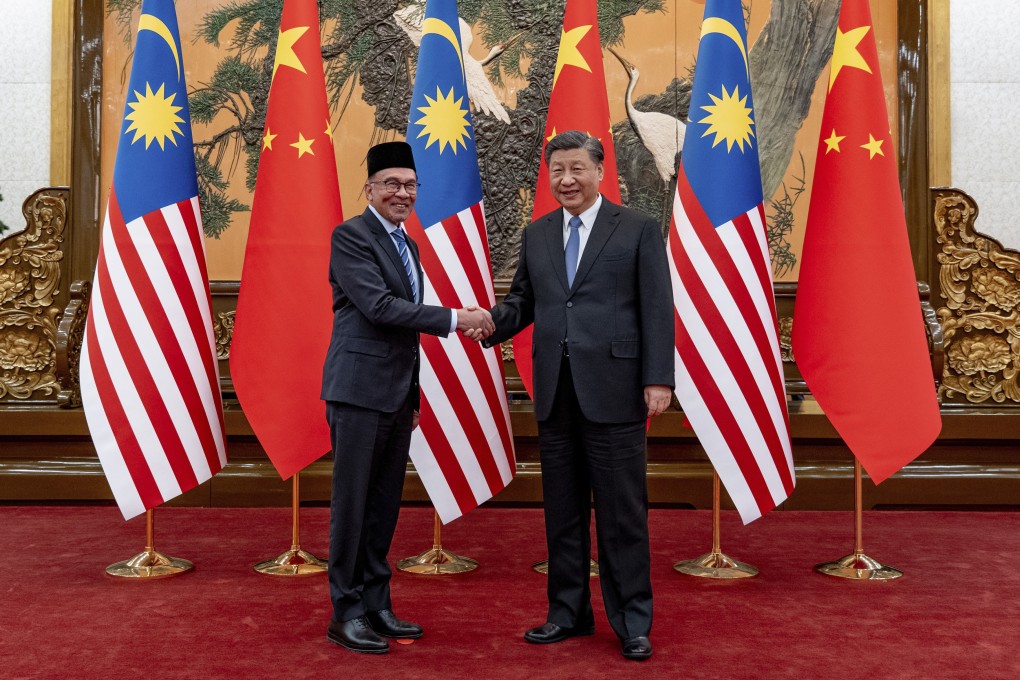Advertisement
Opinion | How Malaysia and China can deepen ties amid South China Sea disputes and US-China rivalry
- Both countries must look beyond trade and investment as their bridges, diversifying their areas of close cooperation. Technology, sustainability and culture are vital avenues
Reading Time:3 minutes
Why you can trust SCMP
3

As a linchpin of China’s economic presence in Southeast Asia, Malaysia enjoys long-standing trade ties with the world’s second-largest economy, with trade volumes nearly doubling from US$106 billion in 2013 to US$203.6 billion last year.
Advertisement
Malaysia is China’s second-largest trading partner in a region that is increasingly important in Beijing’s foreign policy vision and initiatives, including the Belt and Road Initiative and Global Development Initiative.
Yet challenges remain, and both Beijing and Kuala Lumpur should know this.
Amid intensifying geopolitical rivalries and pressures on countries to take sides, Malaysia has long sought to hedge between China and the United States. Territorial disputes, historical misfortunes and tensions between ethnic groups, and a complex history of dealing with communism in Malaysia have driven policymakers to avoid becoming excessively dependent on Beijing.
Five years ago, the Mahathir administration halted a raft of China-backed projects in Malaysia, including the East Coast Rail Link. Rounds of renegotiations took place before project work resumed. China knows not to take Malaysia’s openness to investment for granted.
Advertisement
As Prime Minister Anwar Ibrahim noted in a recent interview, “given the new challenges in global geopolitics, it is important that Malaysia interacts more with China, an important neighbour and trading partner”. China and Malaysia must look beyond trade and investment as their bridges – technology, sustainability and culture are also vital avenues for deeper cooperation.

Advertisement
.png?itok=bcjjKRme&v=1692256346)
